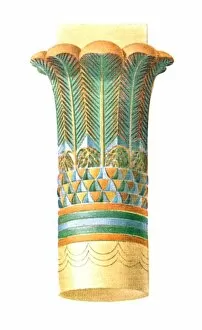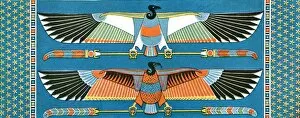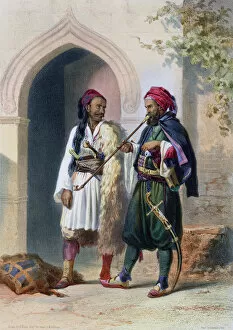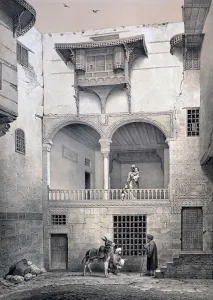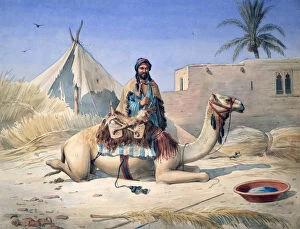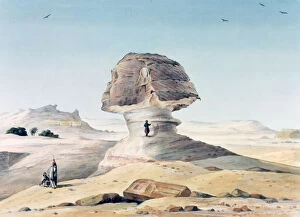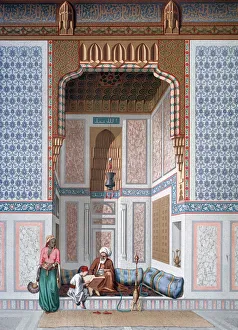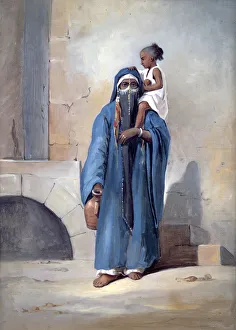Davennes Collection
"Davennes: A Glimpse into Egypt's Rich Cultural Heritage" Step back in time and immerse yourself in the captivating world of Davennes
All Professionally Made to Order for Quick Shipping
"Davennes: A Glimpse into Egypt's Rich Cultural Heritage" Step back in time and immerse yourself in the captivating world of Davennes, as we explore the stunning architectural wonders and artistic treasures that have stood the test of time. From Luxor to Philae, these ancient Egyptian masterpieces continue to awe and inspire. In Luxor, a majestic column stands tall, its origins shrouded in mystery. Crafted by an unknown creator in 1928, it serves as a silent witness to centuries gone by. Journeying further south to Edfu, we encounter another Ptolemaic capital with intricate carvings that showcase the skilled craftsmanship of its anonymous maker. Karnak beckons us next with its grandeur and magnificence. Here lies yet another enigmatic column from 1928, adorned with symbols that whisper tales of gods and pharaohs. The Bouquet capital found in Thebes transports us even deeper into this ancient civilization's rich history. Philae reveals itself through two distinct capitals - one from the Ptolemaic-Roman era and another from Karnak. Both bear witness to a fusion of cultures across different epochs, reflecting Egypt's ever-evolving narrative. Venturing beyond architecture, we delve into exquisite artistry within tombs such as Aichesi's at Thebes or Bekenranef's at Sakkara. These detailed ceiling paintings offer glimpses into daily life during those times while leaving us marveling at their preservation over centuries. Egyptian dancing girls enchant us with their mesmerizing performance known as Ghawazi. In Rosetta during 1848, they captivated audiences with graceful movements passed down through generations—a testament to Egypt's vibrant cultural traditions. Lastly, Nizamior presents regular troops of the Turkish army stationed at Kanka in 1848—an intriguing glimpse into military life during this period when foreign influences intertwined with Egypt's own rich heritage.







